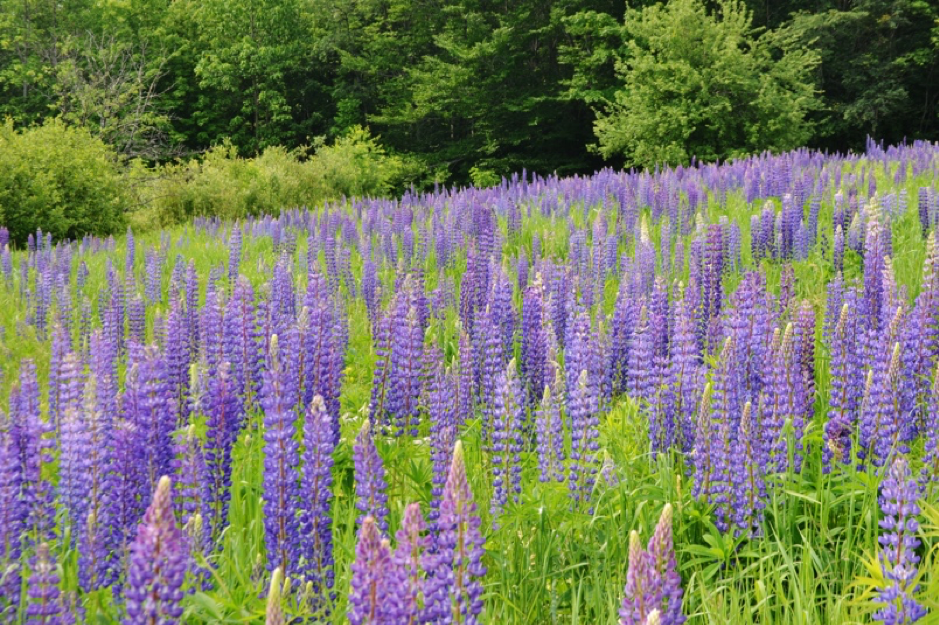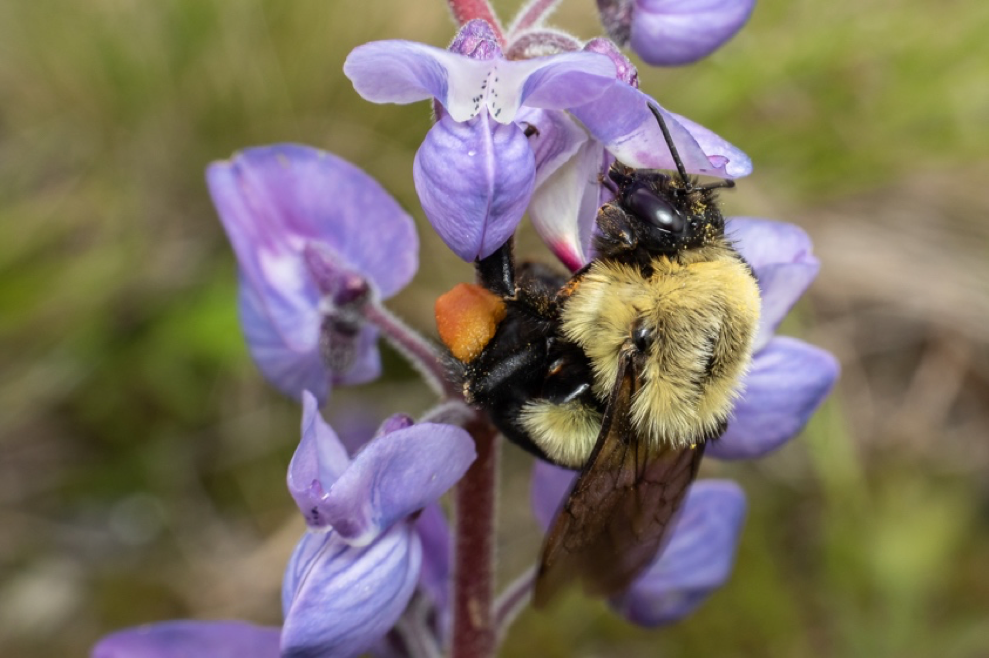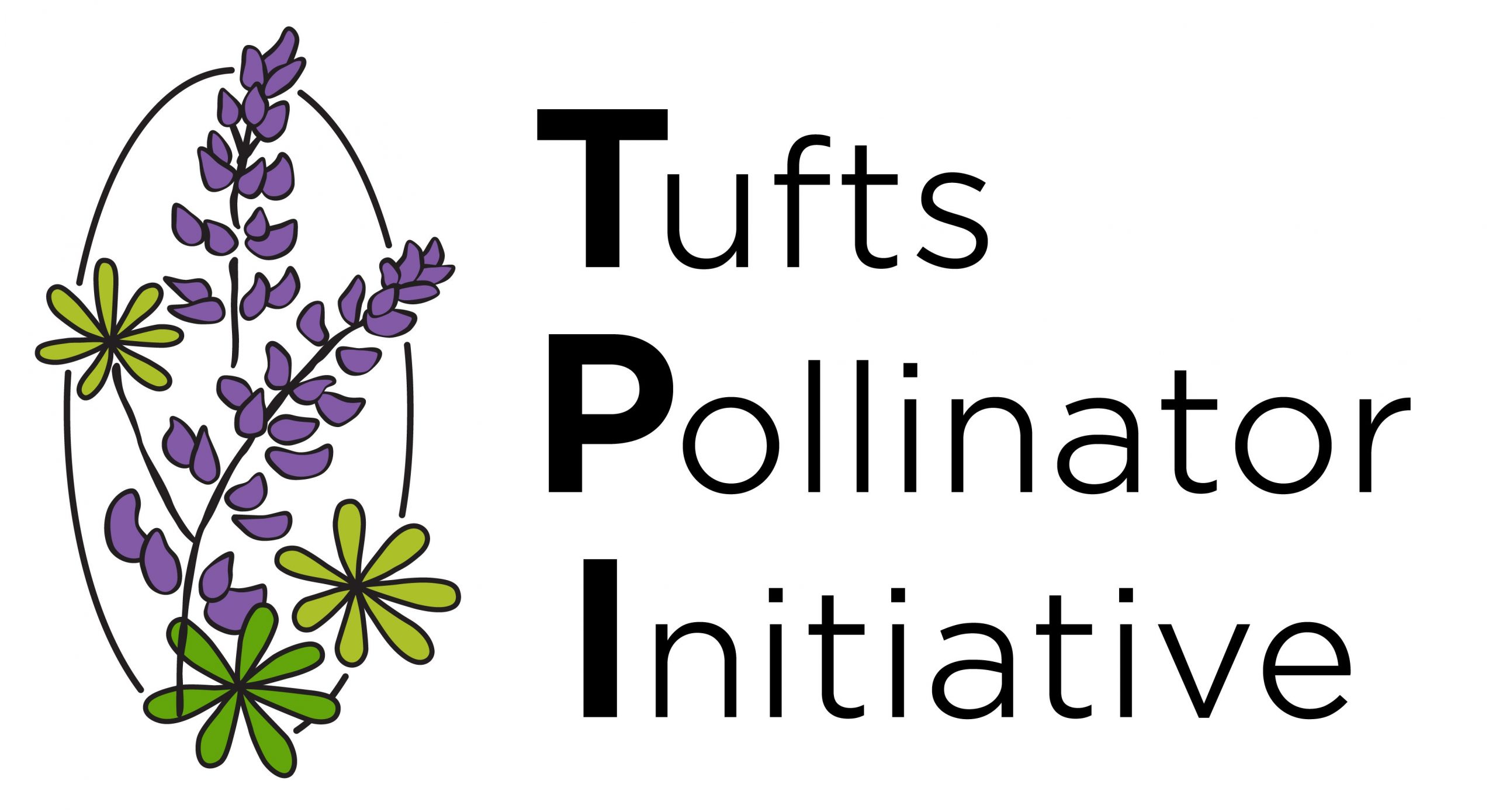Driving through New England in June, you’ve probably come across waves of lupine lapping the roadside. Indigo flowers as far as the eye can see is hard to come by on the east coast, so it’s no wonder why New Englanders have an inordinate fondness for lupine. New Hampshire boasts about its must-see lupine through tourism campaigns, memorabilia, and open-air craft markets. In more than one state, entire celebrations are devoted to this existence of this plant. And both the real and fictitious Miss Rumphius sought to spread its violet steeples along the Maine coast. There’s only one issue: this beloved lupine is invasive.

Bigleaf lupine (Lupinus polyphyllus) is native to western North America but has colonized disturbed roadsides of New England as well as much of northern Europe. Even though, like all lupines, it enriches soils with nitrogen that could facilitate the growth of other plants, the opposite has been found; in areas where bigleaf lupine grows, it dominates. But that sea of flowers supports pollinators, right? Wild bees definitely take advantage of its pollen resources (its flowers lack nectar) while it flowers, but since a field of lupine often contains few other flowering plants, they will have to fly further to find food the rest of the year. Even more troubling is that no butterflies and moths in the east share an evolutionary history with bigleaf lupine, so their caterpillars cannot develop on its leaves. In places where bigleaf lupine is invasive, this ecological incompatibility has been found to reduce the local abundance and diversity of lepidopteran pollinators.
There is, however, a native lupine that plays an important role in supporting New England’s insect pollinators: wild lupine (Lupinus perennis). This equally (if not more, but maybe that’s just me) attractive lupine thrives in dry, sandy sites that are transitioning from grassland to forest. In New England, this often equates to powerline rights-of-ways or intentionally managed reserves. Bumble bees (Bombus spp.), carpenter bees (Xylocopa virginica), mason bees (Osmia spp.), leaf-cutter bees (Megachile spp.) are all capable pollinators, forcing themselves through the clamshell-like flowers to reach the reward (this lupine also doesn’t produce nectar). Notably, it is also supports three threatened butterflies in the region—karner blue (Lycaeides melissa samuelis), frosted elfin (Callophrys irus), and persius duskywing (Erynnis persius). Wild lupine is the sole food source for karner blue and persius duskywing caterpillars, and just one of two leguminous host plants of frosted elfin. Numerous other handsome Lepidoptera feed on its leaves during development including bella moth (Utetheisa bella) and phyllira tiger moth (Grammia phyllira).

Unfortunately, populations of wild lupine across its northern range have declined due to a combination of forest fire suppression, human development, and unbridled harvest. But don’t despair: there’s a deep-rooted interest in protecting wild lupine across its range at publicly accessibly locations. The USFWS Karner Blue Easement in Concord, NH boasts a small, but persistent population, and an impressive display can be viewed at Albany Pine Bush during their annual Lupine Fest in late-May. Across the border, High Park in Toronto is an excellent example of how fire-dependent plants (and ecosystems) can be managed alongside humans. If you visit either of the first two sites during summer, you’re might also spot karner blues dancing among the scrub. Remember that they are there only because wild lupine is there too.

I’m not proposing we launch a campaign to plant roadsides with wild lupine, nor am I saying that you should feel guilty about admiring the bigleaf lupine through your windshield. Rather, know the latter plays a mostly aesthetic role, whereas the former an ecological one. And if you want to directly help pollinators that depend on wild lupine? Buy sustainably sourced seed and plants for your garden and support organizations and initiatives (like the ones listed above) focused on restoring its ephemeral habitat to ensure it’s around for future generations and pollinators alike to enjoy.

